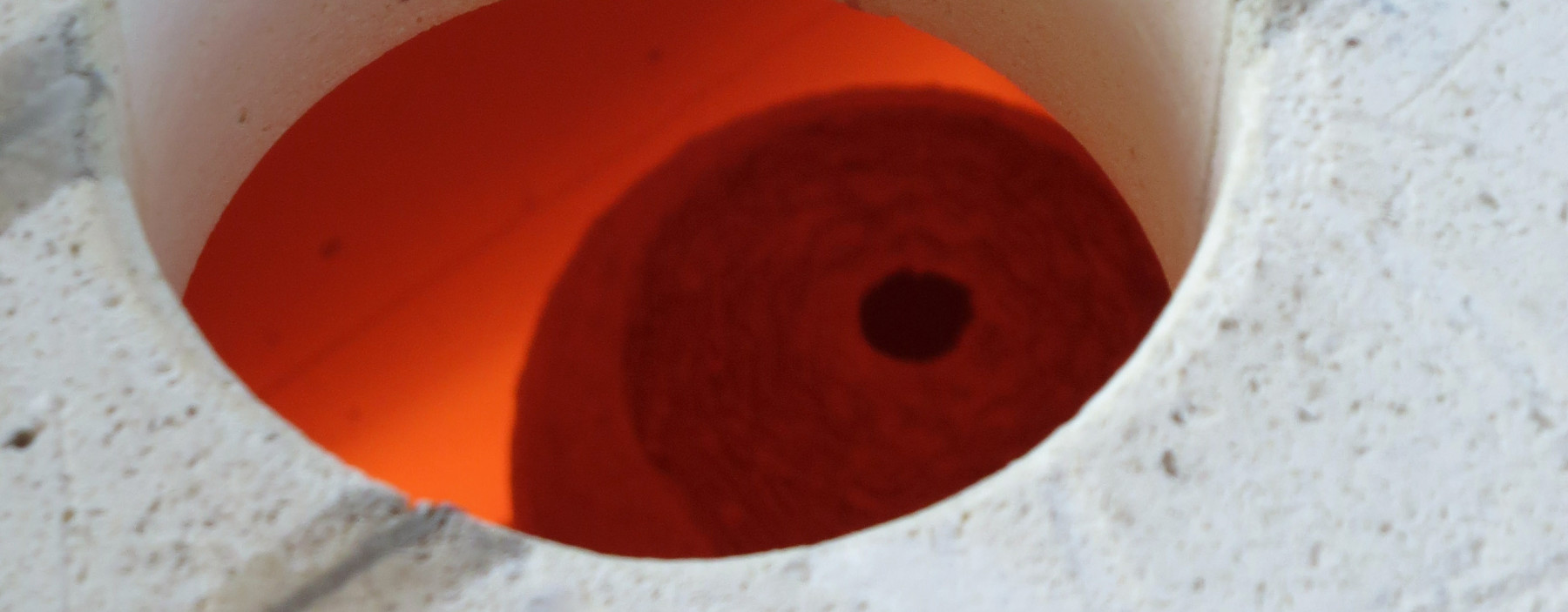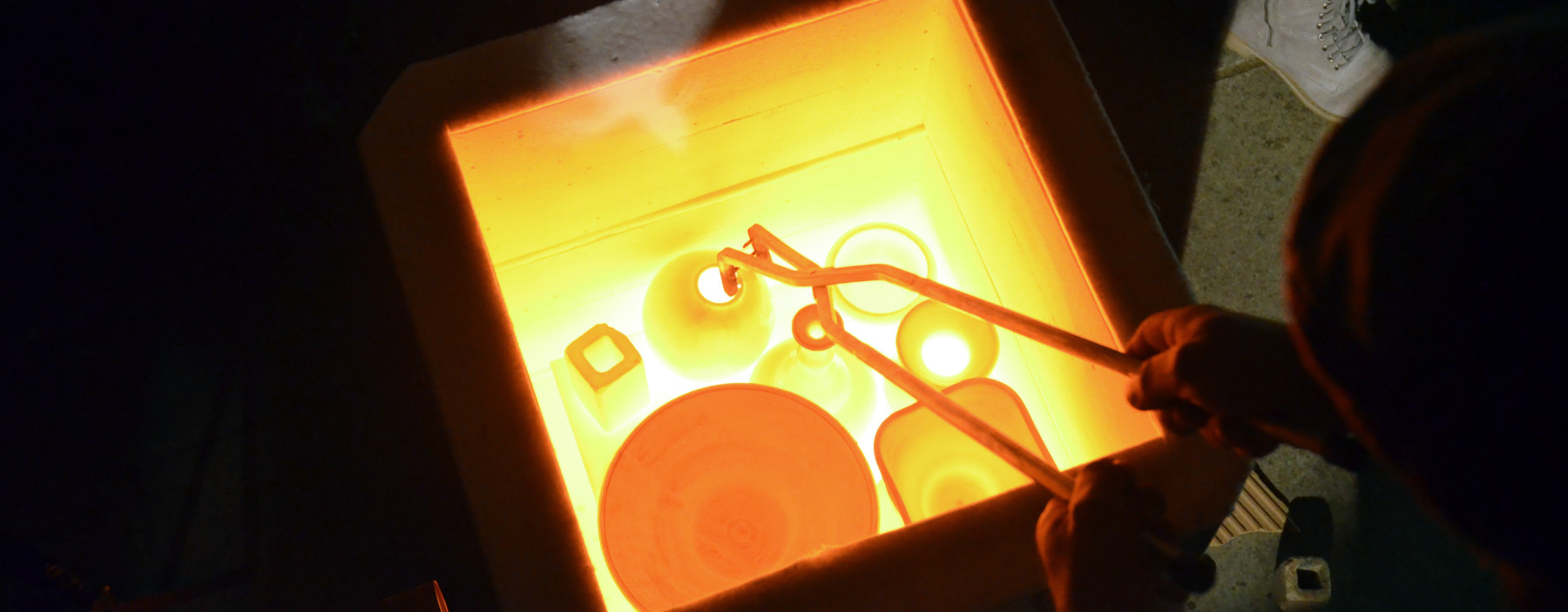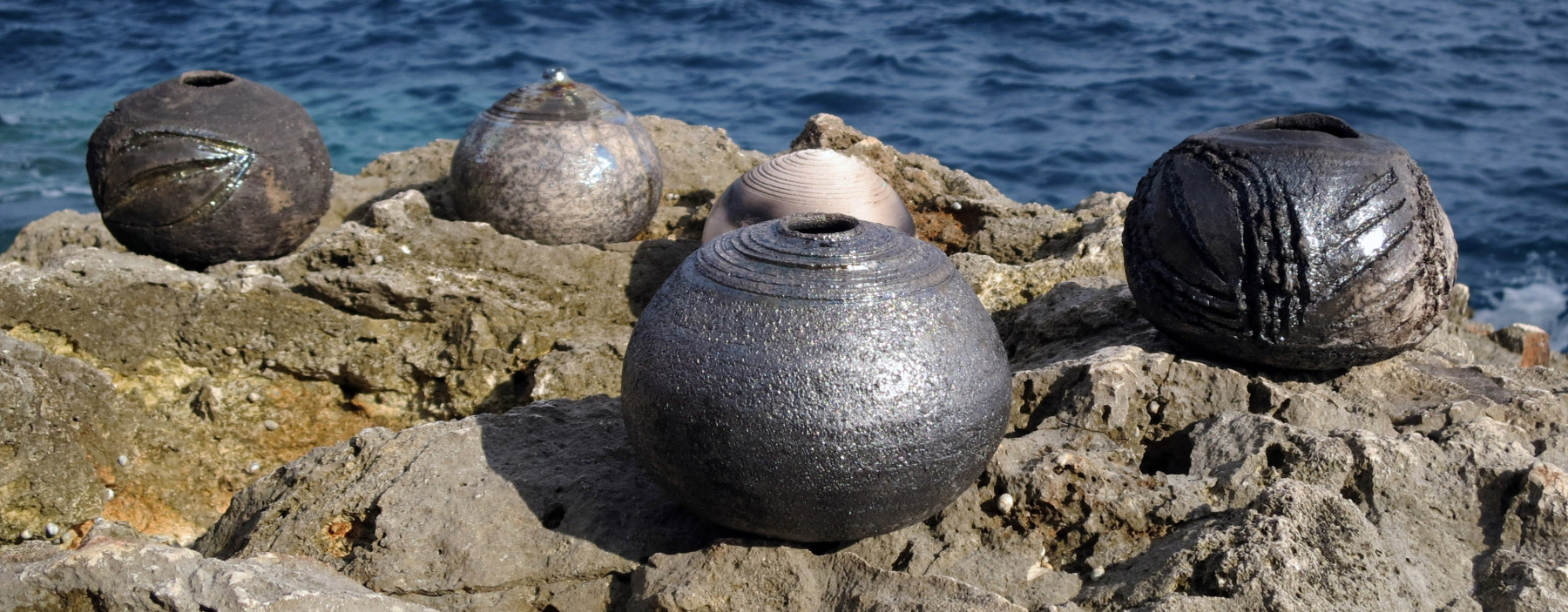I prefer the Raku technique to create decorative ceramic objects, these are a perfect match for both today’s modern interiors with clean shapes and light colors and for more conservative environments furnished with elegance. Raku ceramic pieces are extremely and unpredictably unique, clean, modern and natural. They inherently reveal the heart and soul of their creator, since the process of creation is often as engaging as Raku objects themselves. Raku is not just a reductive low fire technique, it is a fascinating, adventurous performance.
My Raku pottery is available for sale in my online shop
Please, have a look around in my online shop to find unique Raku ceramic pieces. Shop Raku Pottery
History of Raku-ware
Raku pottery was developed in Japan in the early 1500’s as the Ceremonial Tea Ware of the Zen Buddhist Masters. The word Raku signifies enjoyment of freedom. It was preferred by the Masters because of its humility, tasteful unpretentiousness, simple naturalness, and its deliberate avoidance of luxury… all very important to the Zen philosophy.
According to the Zen Masters, its elusive, subtle, yet vigorous beauty is Raku’s only worth, it is pottery without utility or function. Raku must be approached with a different criterion in mind, like a painting or a symphony.
It is valued because it is believed that the Spirit of the Maker is embodied in the form and revealed at the foot, which is traditionally left naked (unglazed). It is believed that if we are alert to ourselves, in contemplating the Raku form, we will recognize in it our own Spirit and Meaning.
Birth of a Raku Piece
Raku objects are born in an Earth, Fire, Air, Water cycle. All four elements are used during the creation of each item to maintain harmony. The vessel is made out of Earth and metal-oxides, Fire transforms the clay and glazes in the kiln, the incandescent ware is removed from the kiln and immediately buried in wood shavings, where secondary reduction takes place, transforming the oxide-rich glazes. Differences in oxygen levels in the Air cause patterns to form on the surface, these are fixed by quenching in Water.






















Leave a Reply